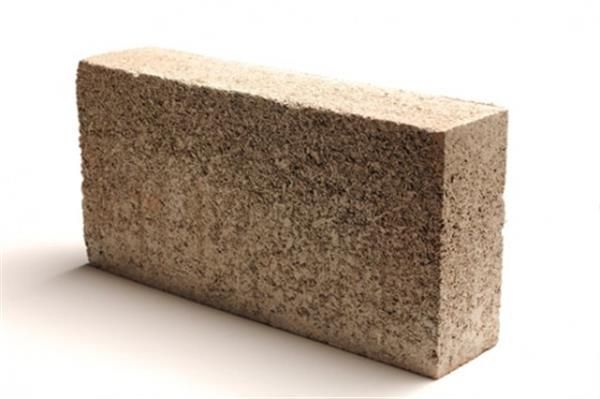New proposal outlines plans to replace cement with 3D printed sustainable 'Hempcrete' house

It’s no secret that along with the medical industry and the aerospace industry, the construction industry is also on the forefront of a revolution thanks to the possibilities provided by additive manufacturing.
While previously we’ve seen efforts towards making entire houses from a single 3D print, more companies and individuals are experimenting with creating ‘building blocks’ of various sizes that are much more manageable and in some cases, able to be built with materials that might have a more significant impact on the environment.
Among others who are looking into the possibilities of offsetting greenhouse gases through the use of additive manufacturing in structural design applications include a motivated individual by the name of Chad Knutsen.
Knutsen, along with a team he is leading, have recently proposed to MIT’s Climate CoLab crowdsourced design platform an idea for replacing cement with 3D printed ‘Hempcrete’ for construction projectswith the aim of reducing worldwide CO2 emissions by 7-8%.
In an effort to help illustrate the possibilities of using the material, Knutsen and his team are planning on building a full-sized 3D Printed Hempcrete Structure to demonstrate Hemp/3D Printing as a sustainable alternative to traditional construction.

According to Knutsen, all of the structural and architectural elements will be constructed of either hemp fiberboard, hempcrete/hempstone, or hemp plastic or resin composites - all produced via additive manufacturing in ‘single-man-manageable-blocks’ that feature a low weight “skeleton” form - or in other words, a structurally-optimized design that only applies material where needed. The resulting blocks are able to be stacked similar to building blocks in any shape desired by the homeowner with the ability to incorporate special blocks for utilities and wiring into the final design.

“We intend to produce a hempcrete mixture that I am calling "Hempstone", made of micronized lime, and specially milled refined hemp fibers with incredible strength using a (currently functioning and proven) proprietary technology that breaks down materials utilizing resonant frequency and negative air pressure rather than friction and heat to tease the materials apart long natural structural boundaries,” explains Knutsen in his proposal, which has already received 79 votes from the crowdsourced community.
“As hempcrete "petrifies" after a few years in the elements, we are excited about the possibilities presented by constructing structures that will evolve from plant into stone, will actually absorb more co2 than they release during construction and during the petrification process, and can be made from a completely renewable material using minimal waste methods for construction.”

Considering that producing just a single ton of cement requires approximately 4.7 million BTUs of energy, it becomes clear just how much of an impact even the slightest alterations to traditional processes can have.
In addition to the obvious environmental benefits of choosing Hempcrete over traditional cement, the material is also capable of standing the test of time without losing aesthetic qualities...an important factor when considering long-term housing situations.

“The durability is unlike anything we have seen, with the exception of stone, as perhaps even beyond that as there is no mortar joint failure possible,” said David Mosrie of Push Design, a company that was involved in building the first Hempcrete home in the US.
“Studies in Europe have estimated about a 600-800 year life span for the wall system.”
Knutsen’s proposal has outlined the cost of the project to be somewhere between $50,000 and $100,000 including furthering the development of the material itself in addition to the production and man hours required to build the structure.

“Our major focus moving forward would be on gaining a foothold on the infrastructure construction market, rebuilding the crumbling infrastructure of cities like Detroit using materials that could be cultivated and sourced in their own neighborhoods/areas, creating jobs, healthy soil, healthier air, and longer lasting infrastructure, which also saves on the economy by reducing the repairs needed over time,” added Knutsen.
To add your vote or to read more about Knutsen’s proposal in-full, be sure to head over to the proposal’s page over at Climate CoLab.







